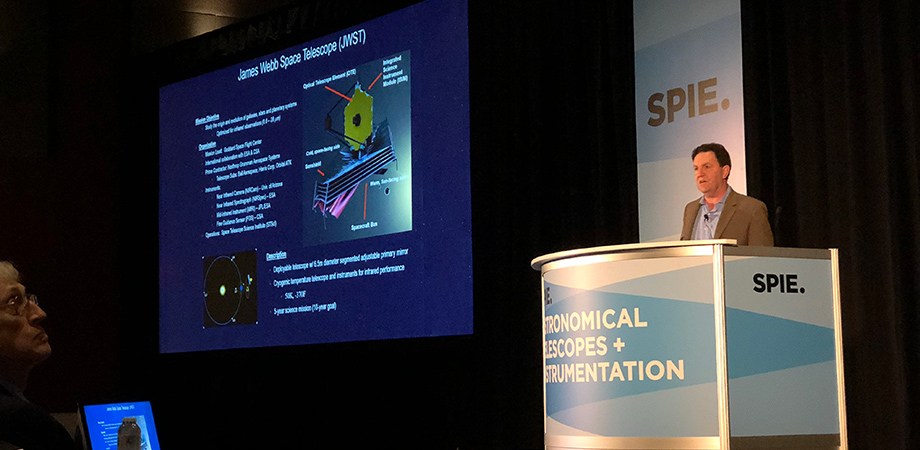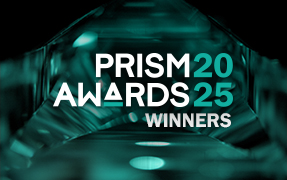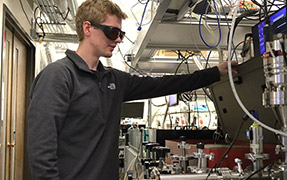SPIE Astronomical Telescopes + Instrumentation to highlight latest engineering advancements in major telescope projects including JWST

BELLINGHAM, Washington, USA – The upcoming SPIE Astronomical Telescopes + Instrumentation Symposium in Montréal, 17-22 July, will be the first scientific meeting for the astronomical engineering community following the 12 July release of early observational results and images from the James Webb Space Telescope (JWST).
This year’s SPIE Astronomical Telescopes + Instrumentation event — held in person for the first time since 2018 — features over 2,000 technical presentations focusing on the engineering and technical aspects of ground-based, airborne, and space-based telescopes, and their supporting instrumentation. Beyond the technical presentations, the meeting will host nearly 100 companies during a three-day exhibition; offer focused continuing-education courses; and provide a dedicated Community Lounge where most of the numerous networking and social events will be held, including a series of EDI-focused “Lunch and Learns.”
JWST — then called the Next Generation Space Telescope — was first discussed at this SPIE event more than 30 years ago in September 1991, with five presentations on the science goals of a future IR telescope. In the years since those initial presentations, the now-commissioned telescope has been a recurring topic at this meeting, with progress updates and engineering problems being discussed in numerous technical presentations and coffee break conversations.
Appropriately, the event will feature more than 50 presentations on the engineering and technological instruments that enable the science of the James Webb Space Telescope. These include a plenary session focused on key moments in the project’s history, as well as discussions of the latest results by speakers from NASA, the European Space Agency (ESA), and the Space Telescope Science Institute.
In addition to updates on the JWST mission, other notable presentations include a deep dive into the NASA Exoplanet Archive, the status and first results from the Gemini High Resolution Optical Spectrograph (GHOST) and its instrumentation team, the first-light results from the Near InfraRed Planet Searcher (NIRPS), and an overview of future technology requirements for ESA missions.
“I’m so looking forward to gathering in person with the extensive JWST engineering community and our colleagues from around the world in Montréal,” said SPIE Astronomical Telescopes + Instrumentation Symposium Co-Chair and European Space Agency Instrument Scientist Sarah Kendrew. “It will be particularly valuable for the various individuals and teams to be together so soon after the first projected images have been released. It’s been quite a long journey to get to this point, and this SPIE meeting will be the perfect place to celebrate.”
“What an exciting time, to finally see the vibrant SPIE community come together in person after four years,” said University of Montréal Professor and Symposium Chair René Doyon. “This symposium is always a unique opportunity to discuss the latest updates on all ground- and spaced-based telescopes and related instrumentation. And this year’s event will certainly be remembered for its timing with the beginning of science operations of the James Webb Space Telescope and the presentation of its first results and performance.”
"Of course, JWST is in the news right now which is very exciting. There are so many other amazing things happening in astronomy and its enabling technologies and this conference is the perfect event for hearing the latest updates on all of the major global telescope projects, as well as the smaller, yet vital, programs, including for example, SmallSats and CubeSats,” said SPIE Astronomical Telescopes + Instrumentation Symposium Chair and Jet Propulsion Laboratory Fellow and Senior Research Scientist Shouleh Nikzad. “The ability to present and discuss the latest technological innovations, engineering advancements, and challenges with a community of international experts is critical to the next generation of astronomical discoveries.”
For more information and to register for the Symposium, please visit spie.org/as.
About SPIE
SPIE, the international society for optics and photonics, brings engineers, scientists, students, and business professionals together to advance light-based science and technology. The Society, founded in 1955, connects and engages with our global constituency through industry-leading conferences and exhibitions; publications of conference proceedings, books, and journals in the SPIE Digital Library; and career-building opportunities. Over the past five years, SPIE has contributed more than $22 million to the international optics community through our advocacy and support, including scholarships, educational resources, travel grants, endowed gifts, and public-policy development. www.spie.org.
Contact:
Daneet Steffens
Public Relations Manager
daneets@spie.org
+1 360 685 5478
@SPIEtweets



